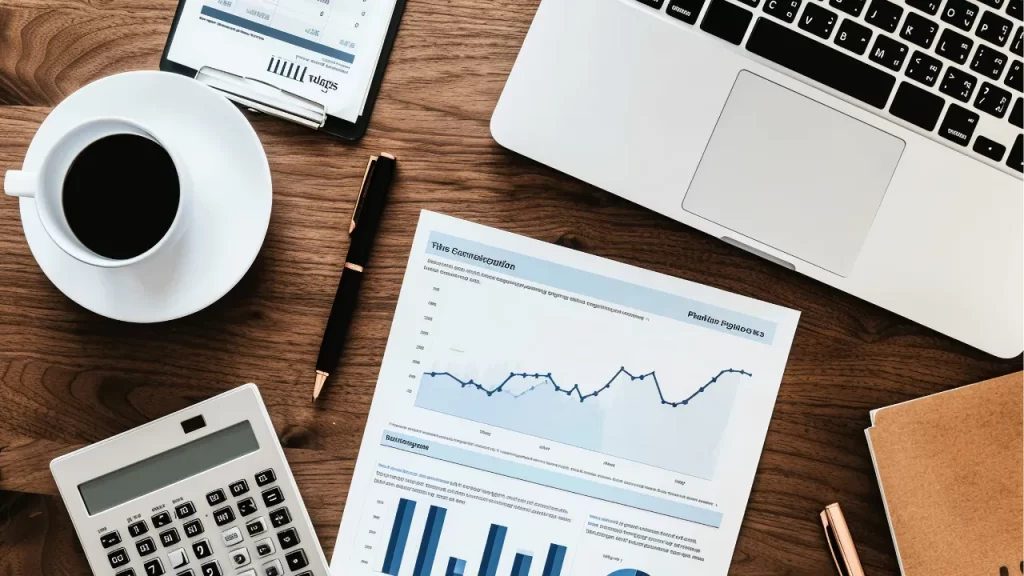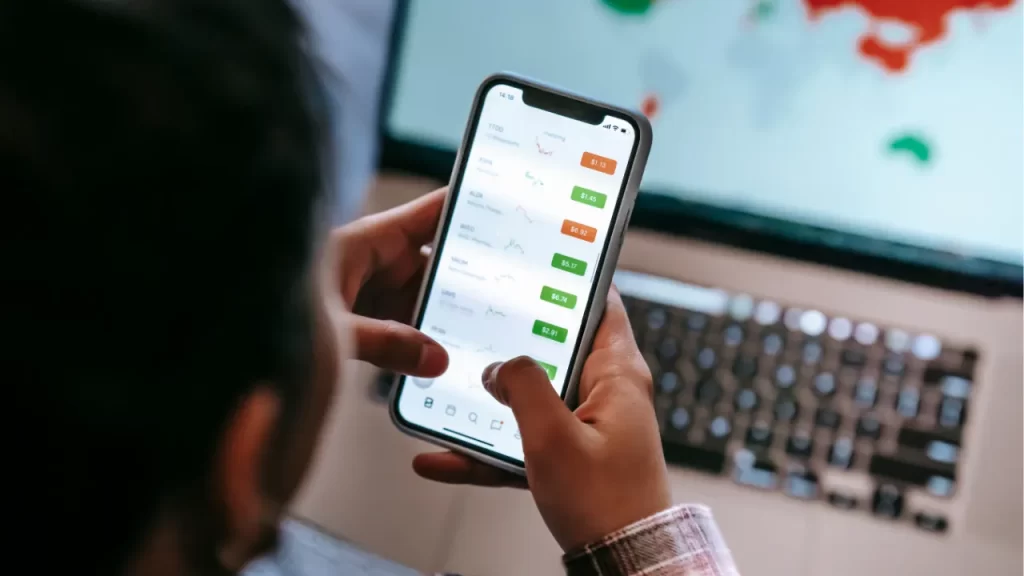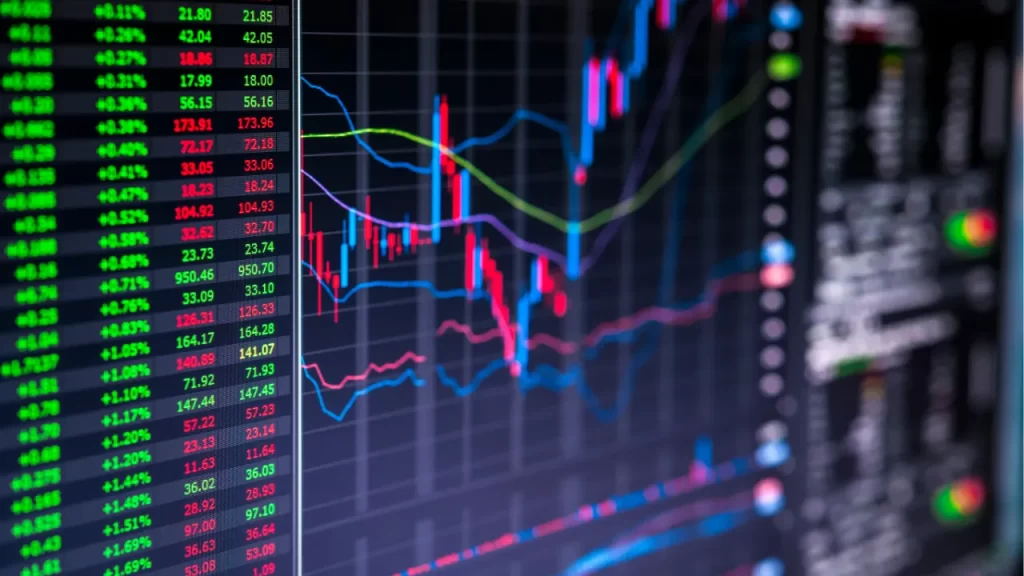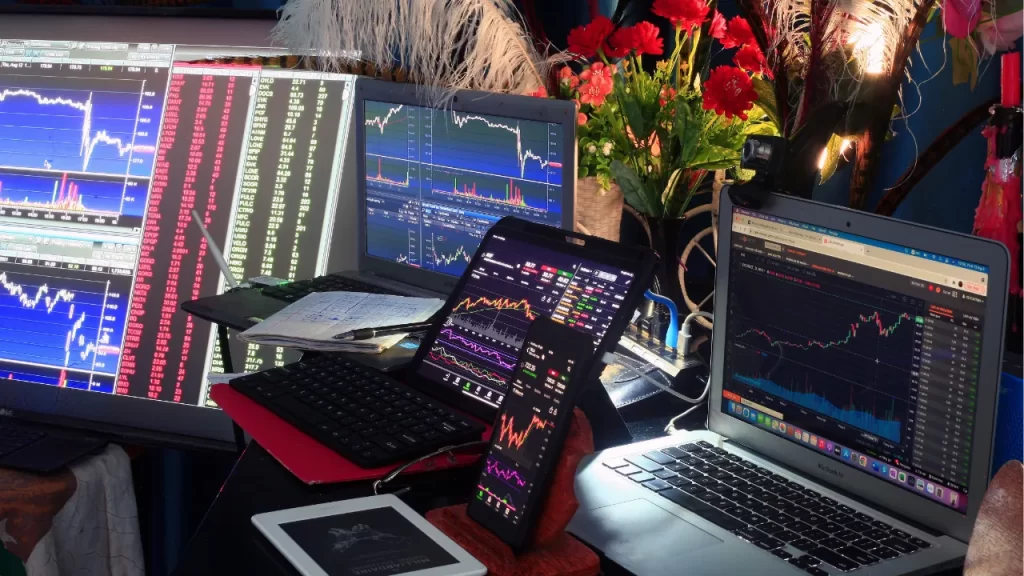CFD (Contracts for Difference) trading allows traders to speculate on the price movements of financial assets without owning them.
While CFD trading provides flexibility, selecting the right trading account is critical to ensuring a safe and efficient trading journey.
From broker regulation to trading fees and platform usability, this guide will help you understand what to look for before signing up with a CFD broker.

1. Broker Regulation and Security
Why Broker Regulation Matters
The first and most important factor when opening a CFD trading account is ensuring the broker is properly regulated.
A regulated broker adheres to strict financial and security guidelines, protecting your funds and ensuring fair trading conditions.
How to Verify a Broker’s Regulation
- Check if the broker is regulated by the Financial Sector Conduct Authority (FSCA) in South Africa.
- Look for additional regulation from global authorities such as:
- FCA (UK) – Financial Conduct Authority
- ASIC (Australia) – Australian Securities and Investments Commission
- CySEC (Cyprus) – Cyprus Securities and Exchange Commission
- Visit the broker’s website and confirm their license number on the regulator’s website.
Action Tip: Avoid unregulated brokers, as they may not provide fund protection, fair pricing, or reliable customer support.

2. Account Types and Minimum Deposit Requirements
Types of CFD Trading Accounts
Different brokers offer various account types tailored to traders of all levels. Common account types include:
- Standard Account: Suitable for beginners, offering fixed or variable spreads.
- ECN or Raw Spread Account: Designed for experienced traders who want lower spreads and direct market access, but may include commissions.
- Islamic Account: Swap-free accounts that comply with Sharia law.
- VIP or Professional Account: Offers better trading conditions but requires a higher minimum deposit.
Minimum Deposit Requirements
- Some brokers allow you to start trading with as little as $10 to $100.
- Higher-tier accounts may require deposits ranging from $1,000 to $10,000.
Action Tip: Choose an account that fits your budget and trading needs.

3. Trading Platform and User Experience
What to Look for in a Trading Platform
- User-Friendly Interface: The platform should be easy to navigate, even for beginners.
- Advanced Charting Tools: Indicators, drawing tools, and market analysis features for technical traders.
- Fast Order Execution: Speed is crucial for minimizing slippage.
- Mobile Trading: A responsive mobile app allows trading on the go.
Popular Trading Platforms
- MetaTrader 4 (MT4): Widely used for forex and CFD trading.
- MetaTrader 5 (MT5): An upgraded version of MT4 with more features.
- cTrader: Known for its user-friendly interface and advanced order types.
- Proprietary Platforms: Some brokers have their own custom-built platforms with unique features.
Action Tip: Open a demo account to test the trading platform before committing real funds.

4. Spreads, Commissions, and Other Trading Fees
Understanding CFD Trading Costs
- Spreads: The difference between the bid and ask price. Lower spreads mean lower trading costs.
- Commission Fees: Some brokers charge commissions per trade, while others only charge spreads.
- Overnight Fees (Swap Fees): A fee applied for holding leveraged positions overnight.
- Deposit and Withdrawal Fees: Some brokers charge transaction fees, while others offer free deposits/withdrawals.
How to Choose a Broker with Fair Fees
- Compare spreads across different brokers.
- Look for transparent pricing with no hidden costs.
- Check if the broker offers commission-free trading.
Action Tip: Read the broker’s fee structure on their website to avoid unexpected charges.

5. Leverage and Margin Requirements
What is Leverage?
Leverage allows traders to open larger positions with a smaller capital investment. However, it also increases risk.
Common Leverage Ratios in CFD Trading
- Forex CFDs: Up to 1:500
- Stock CFDs: Up to 1:20
- Commodity CFDs: Up to 1:100
- Cryptocurrency CFDs: Up to 1:10
Understanding Margin Requirements
- Margin is the amount of money required to maintain a leveraged position.
- Brokers may issue a margin call if your account balance drops too low.
Action Tip: Use leverage cautiously and implement risk management strategies to avoid large losses.

6. Available Markets and Assets
A well-diversified broker should offer a wide range of CFD trading options, including:
- Forex (Currency Pairs): EUR/USD, USD/ZAR, GBP/USD
- Indices: S&P 500, NASDAQ, JSE Top 40
- Commodities: Gold, Silver, Oil
- Stocks: Apple, Tesla, Naspers
- Cryptocurrencies: Bitcoin, Ethereum
Action Tip: Choose a broker that offers multiple asset classes for better trading opportunities.

7. Deposit and Withdrawal Methods
Common Funding Options
- Bank Transfers: Secure but may take longer to process.
- Credit/Debit Cards: Fast and convenient.
- E-Wallets: Skrill, Neteller, PayPal, etc.
- Crypto Payments: Some brokers accept Bitcoin and other digital currencies.
What to Consider When Choosing a Payment Method
- Processing Times: Some deposits and withdrawals are instant, while others may take days.
- Transaction Fees: Look for brokers with low or no deposit/withdrawal fees.
Action Tip: Check the broker’s payment policies and verify their withdrawal processing time.

8. Customer Support and Educational Resources
Why Good Customer Support is Important
- Live Chat & Phone Support: Immediate assistance for urgent issues.
- Email Support: For less urgent inquiries.
- Educational Resources: Webinars, tutorials, and trading guides.
How to Test a Broker’s Customer Support
- Contact their support team and check response time.
- Read online reviews about their customer service.
Action Tip: A broker with 24/5 or 24/7 support is preferable for CFD traders.
Conclusion
Opening a CFD trading account requires careful evaluation of several factors.
Choosing the right broker with a regulated platform, fair trading fees, reliable customer support, and a user-friendly interface will set you up for success.






